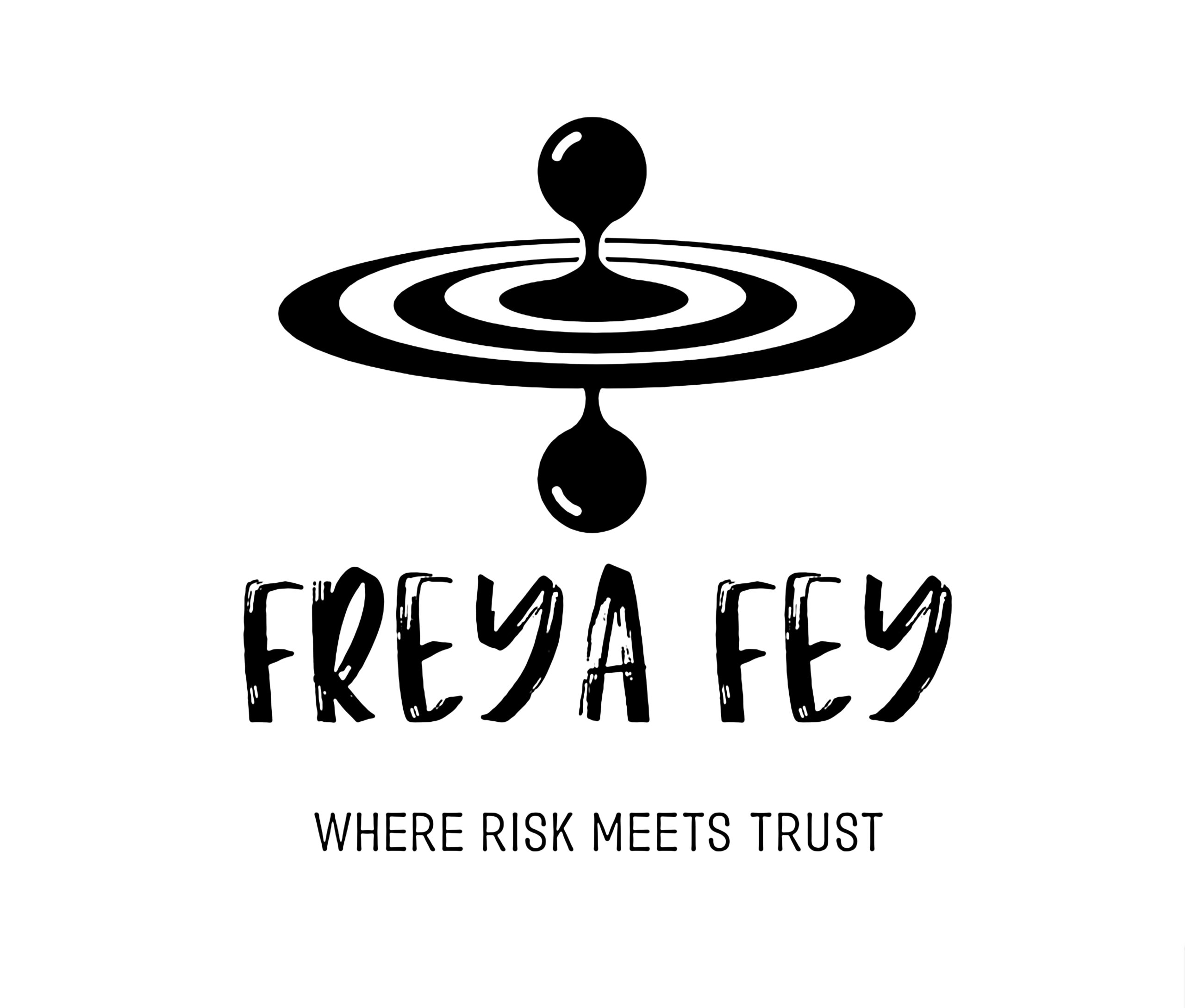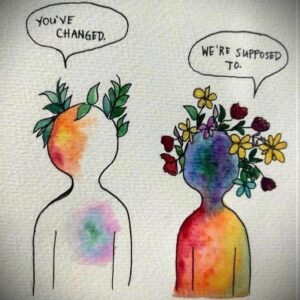Frequently Asked Questions:
What does trauma informed mean?
A trauma informed practitioner acknowledges the prevalence of trauma among adults. I have sufficient training to recognise the signs of overwhelm and have tools to assist individuals experiencing a trauma response (for example dissociating) to return to the present. The way I structure and manage sessions aims to resist re-traumatisation by working in a collaborative, agency-focussed way where we foster an environment of safety and trust.
I cannot prevent an experience of trauma response from happening, and trauma survivors may know that they experience trauma responses in their day-to-day life. I do believe that one of the safest places to experience a trauma response is with a practitioner who can stay with them and aid in their return to groundedness and the present. In dealing with trauma it is not the aim to remove all memory of trauma, but to learn new ways of responding to it, and living with it so that it’s presence is less invasive.
I am not a clinical psychologist or trauma specialist in an accredited sense, and there are times that having another professional therapist to work directly with your trauma may be appropriate, separate or in tandem with the work we do.
Do I have to be traumatised to benefit from a 'trauma-informed kink' session?
No. You do not need to know about your trauma, or indeed believe that there has been trauma, to benefit from these sessions. This said, being human can be hard, and many adults have experienced trauma that impacts their lives in subtle to overt ways. If you have been drawn to this service and you think it’s possible you have some unknown trauma, these sessions can be a great way to explore carefully and thoughtfully.
What will happen in a session?
Most sessions have a similar structure. We will start with a chat, to see what is coming up for you as important to discuss. We’ll discuss where you see your challenges, and where you’ve seen breakthroughs in the past.
Then, being an experiential modality, I will guide you through a body scan and ask you to notice your bodily sensations, we’ll see where these fit into your cognitive understanding of your needs.
From here we begin in a practical way to address the learning objectives you have. I’ll provide you with suggestions for what we do, explain how they work, and you can choose to what level you’re prepared to engage. We make agreements, and then we do what we’ve agreed to do.
We leave some time to integrate the experience, with me holding space.
We’ll discuss where what we’ve done fits into your life. And try to put together a realistic intention to practice by yourself, or with your partner. This is all very much tailored to suit your existing commitments.
Who will be naked?
Neither of us when you arrive. Perhaps neither of us throughout. Depending on what your learning objectives are you may undress, or if it’s relevant I may too. There are certainly fewer reasons for me to be naked, this is about your learning, your body, but there are instances where it is useful. Do not come in with the express intention to see me naked. If you are looking for something more along the lines of sexual surrogacy, please do contact me and I can refer you to others working in the field.
Can I touch you?
You need to obtain my consent to touch me, as I do you. Consent has never been a hotter topic than it is in Australia today. If you’re not sure how to obtain consent, this can be a great way to learn. I am fully capable of saying ‘No’, so you know you can always ask. How much touch I receive in your session depends on your learning objectives and my boundaries. Much of the embodied learning in this domain can be fully realised with clothes on, and if your motives are unclear, I will always suggest clothed activities first.
Please note though that I do not receive sexual touch for gratification in these sessions, but within an established and well understood consent culture I will receive kink activities where that is serving your learning objectives.
What’s the difference between 'Trauma-informed Kink' and regular BDSM / Kink Services?
In all my sessions I am trauma-informed, it’s not something I switch on and off. By extension you do not have to be ‘traumatised’ to benefit from a ‘trauma-informed kink’ session.
‘Trauma-informed Kink’ has it’s emphasis on your embodied learning. I am there to facilitate this using my skills as a bodyworker, therapist, and experienced kinkster so that we don’t just talk about your interest in kink, nor do we just do your kink, we explore it and experience it in a therapeutic and curious context.
We can work slowly towards your interests in kink, or we can slow down the thing that you’re interested in to learn more about what it is and it’s appeal. We might interrupt our play to ask ‘What are you noticing in your body right now?’, and we might pause to reflect upon your response, or probe further. I have many many resources gathered through years of practice, training and experience to utilise to re-frame, reflect, and understand yourself more fully.
More traditional BDSM / Kink clients generally know what they want, and / or are seeking a sessional experience.
What is Safe and Sound Protocol (SSP) and why might we use it?
Safe and Sound Protocol is a powerful intervention developed by world renowned psychiatrist Stephen Porges, who developed the Poly Vagal Theory (see video). It directly taps into the vagus nerve vis filtered music that is played and activates the stapedius muscle of the middle ear, and on through the muscles of the face and heart – the social engagement, or ventral vagal state.
It reduces stress while enhancing social engagement and resilience. The way the protocol is delivered is of particular relevance to kink and BDSM as the receiver is empowered to pause when they feel discomfort, to allow the body to restabilise before proceeding. In this way not only is the nervous system actively experiencing safety, but the receiver is noticing cues of safety and / or dysregulation and responding to them in a healthy way that respects the needs of the self at a neural level.
In combination with trauma-informed kink sessions, this passive intervention can deepen a person’s capacity to play within their limits, and over time play deeper.


